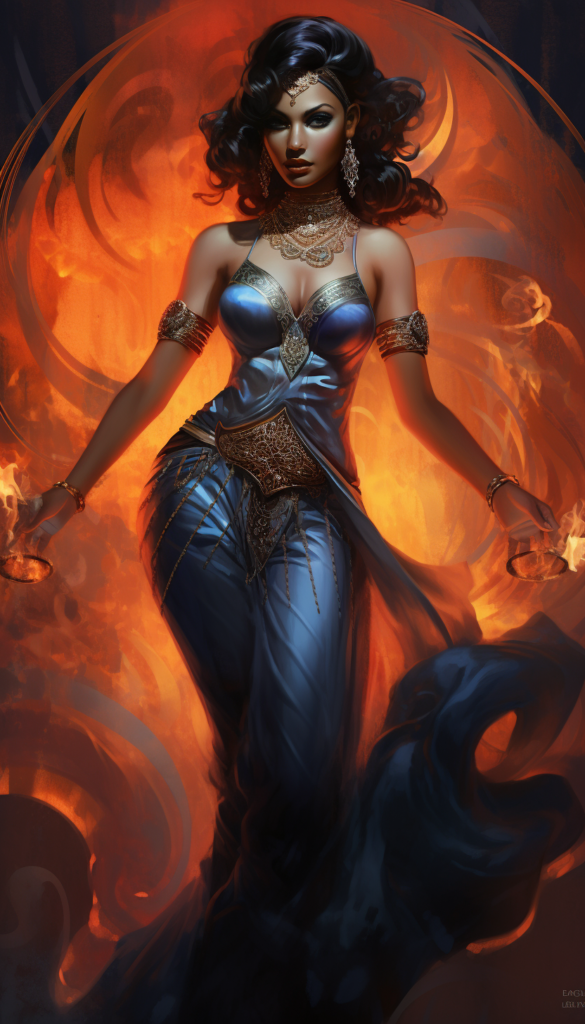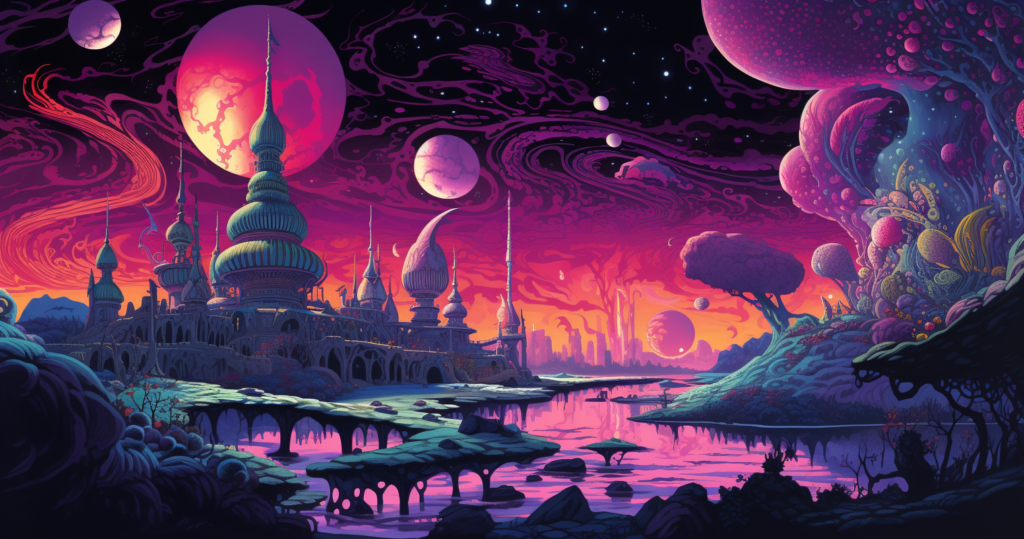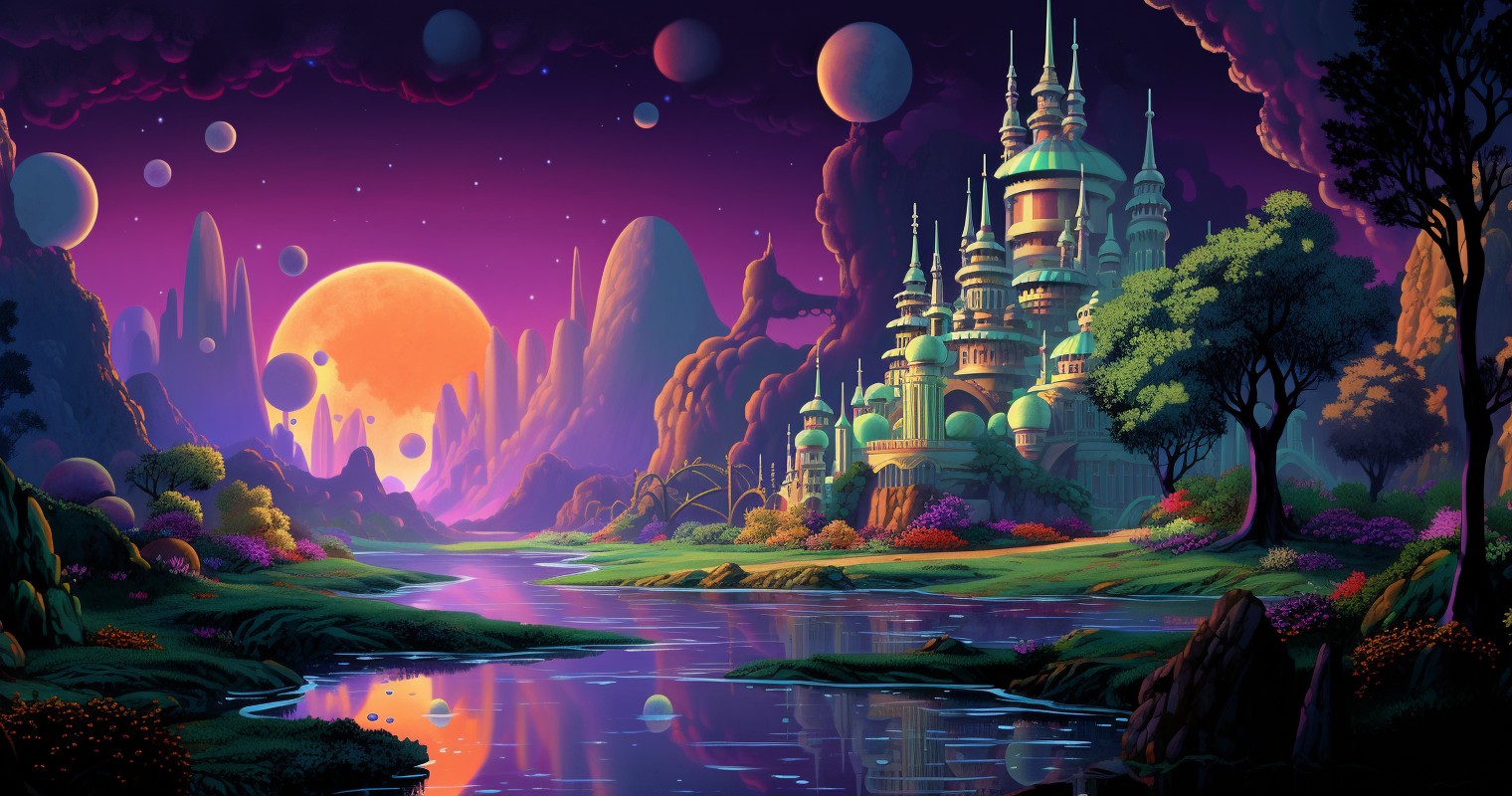The Enigmatic Djinn of “One Thousand and One Nights”
The tales of “One Thousand and One Nights” stand as an enduring testament to the richness of Middle Eastern folklore, where imagination and reality intertwine seamlessly. Among its intricate web of stories, the djinn hold a special place, symbolizing the vast unknown that lies just beyond human perception. These supernatural entities, molded from “smokeless fire”, have personalities and motivations as diverse as humans. To fully appreciate the tales, one must grasp the multifaceted nature of the djinn.
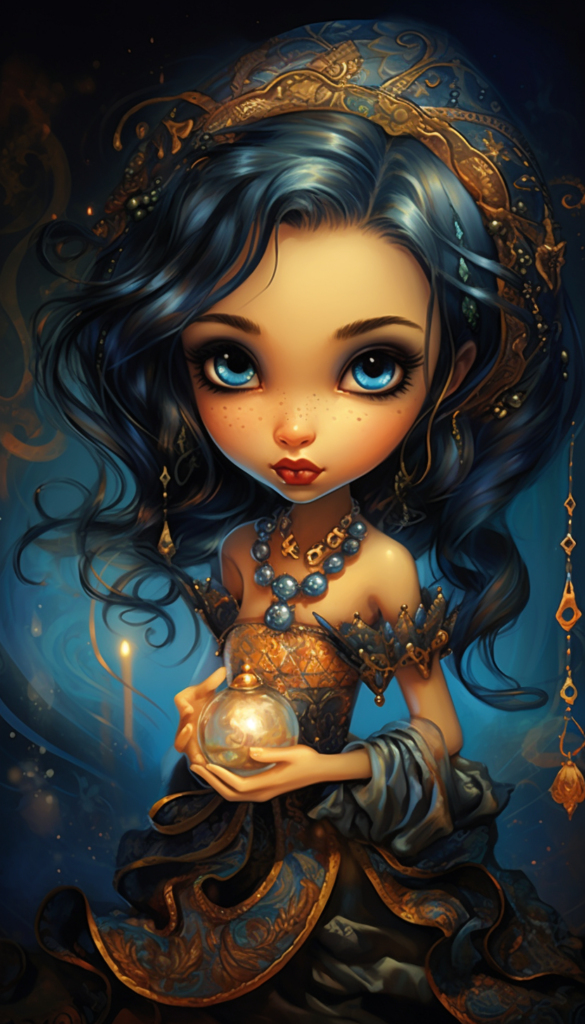
Marid (also spelled Marīd)
- Characteristics: The Marid are majestic, resembling the vastness and unpredictability of the oceans they’re often linked with. These powerful djinn are known to grant wishes and are the most likely to be bound to objects, such as lamps or bottles. Their pride often makes them formidable adversaries.
- Notable Tale: “The Fisherman and the Jinni” stands out, where the titular fisherman frees a Marid and must use his wits to survive the encounter. This tale underscores the idea that intelligence can triumph over sheer power.
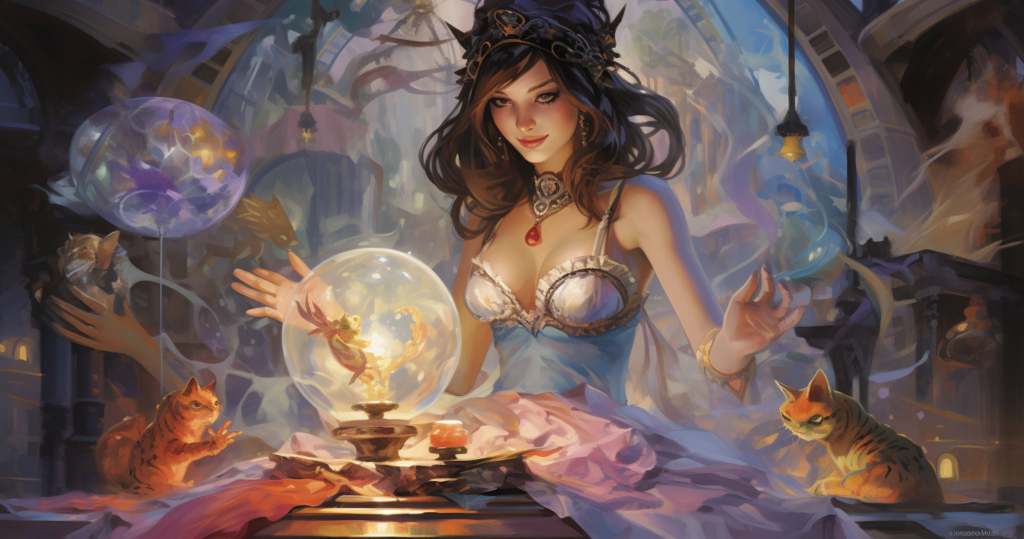
Ifrit (or Efreet, Afreet)
- Characteristics: These fiery spirits are rebellious by nature, challenging both mortals and other supernatural beings. Their fiery demeanor isn’t just metaphorical; they are closely tied to elemental fire, with tales often emphasizing their blazing origins.
- Notable Tale: “The Tale of the Porter and the Young Girls” delves into the destructive nature of an Ifrit, highlighting the dangers they pose and the challenges humans face in dealing with them.
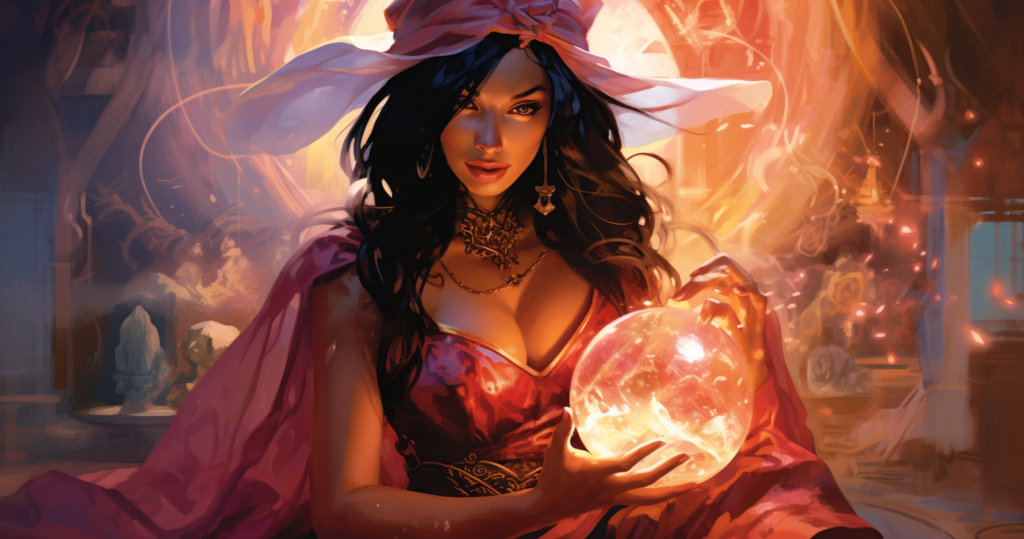
Ghūl (Ghoul)
- Characteristics: Ghouls, the nightmarish creatures of desolate places, embody the human fear of the unknown. Their penchant for shape-shifting makes them particularly treacherous, as they can hide in plain sight.
- Notable Tale: References to ghouls are sprinkled throughout the tales, reflecting deep-rooted cultural fears of desolation and the beings that lurk within.
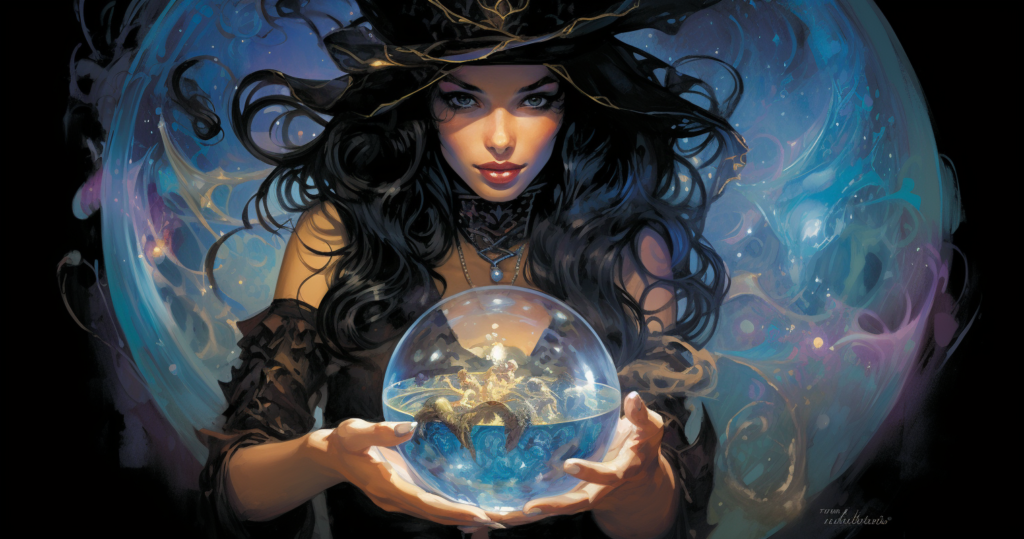
Jann (also Jann, Djann)
- Characteristics: As the ancestors of djinn, the Jann bridge the gap between man and myth. Their desert habitat, a place both beautiful and deadly, reflects their dual nature—capable of kindness and wrath.
- Notable Tale: Their presence, while subtle in the “One Thousand and One Nights”, provides a link to ancient traditions and beliefs, hinting at the vast lineage of djinn-kind.
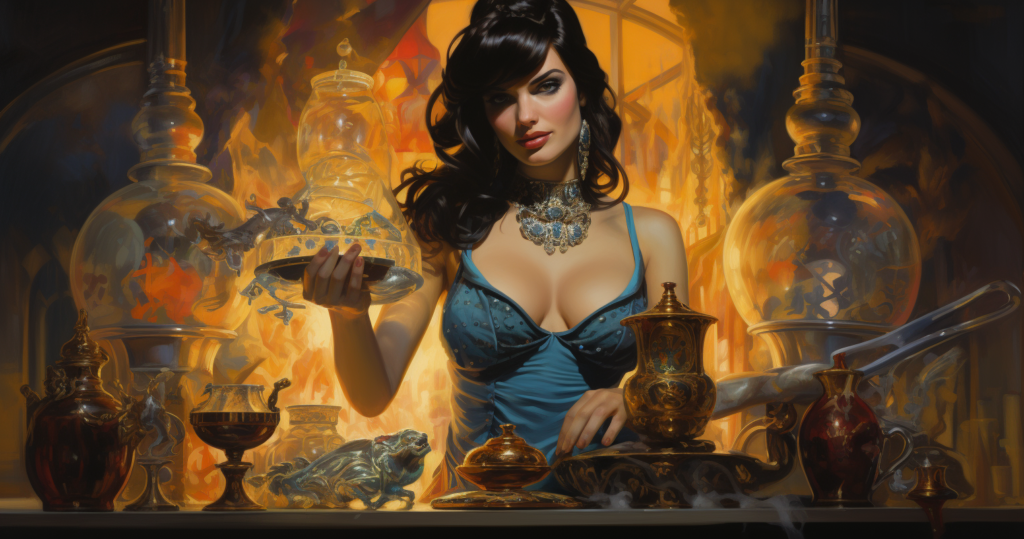
Shaitan (Shayṭān)
- Characteristics: Representing the embodiment of malice, Shaitans are the closest to what Western cultures might term ‘demons’. They represent the darker side of free will, enticing humans towards evil.
- Notable Tale: Their malevolent influence permeates many tales, serving as warnings of the inherent dangers of succumbing to temptation.
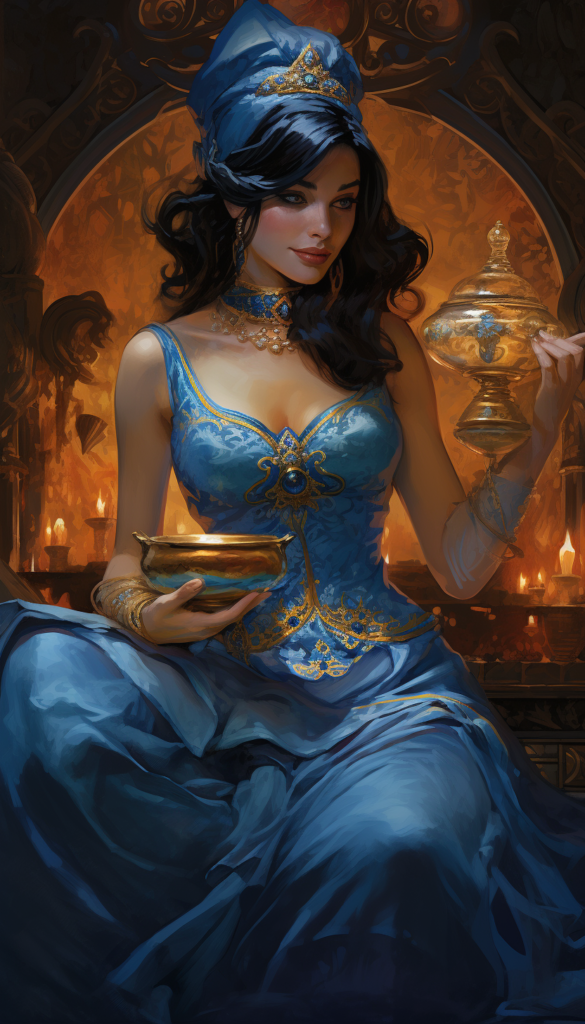
Qarīn
- Characteristics: Intriguingly, the Qarīn represents the duality of human nature. These constant companions echo our thoughts and desires, for better or worse, reminding us of the ongoing battle between our baser instincts and loftier aspirations.
- Notable Tale: While not a central fixture in the “One Thousand and One Nights”, the presence of the Qarīn in cultural beliefs speaks volumes about introspection and self-awareness.

| Djinn | Ability |
|---|---|
| Marid | The most powerful type of jinn. They can grant wishes, control the weather, and create illusions. |
| Ifrit | A type of jinn that is known for their fiery temper and destructive powers. They can breathe fire, create earthquakes, and summon storms. |
| Ghul | A type of jinn that is known for their cannibalism. They can shapeshift into animals, fly, and possess humans. |
| Peri | A type of jinn that is known for their beauty and grace. They can grant wishes, heal the sick, and protect their followers. |
| Jinni | A general term for any type of jinn. They can have a wide range of abilities, depending on their individual nature. |

Conclusion
Djinn, in their myriad forms, are more than mere plot devices; they are reflections of humanity’s multifaceted relationship with the unknown. From the majestic Marid to the shadowy Ghoul, these beings encapsulate a range of emotions—awe, fear, curiosity, and hope. Their tales in “One Thousand and One Nights” challenge readers to confront their own perceptions of the unseen and to navigate the blurred lines between reality and myth. The djinn’s enduring legacy in these tales speaks to their universal appeal, shedding light on the human condition’s timeless and universal aspects.
